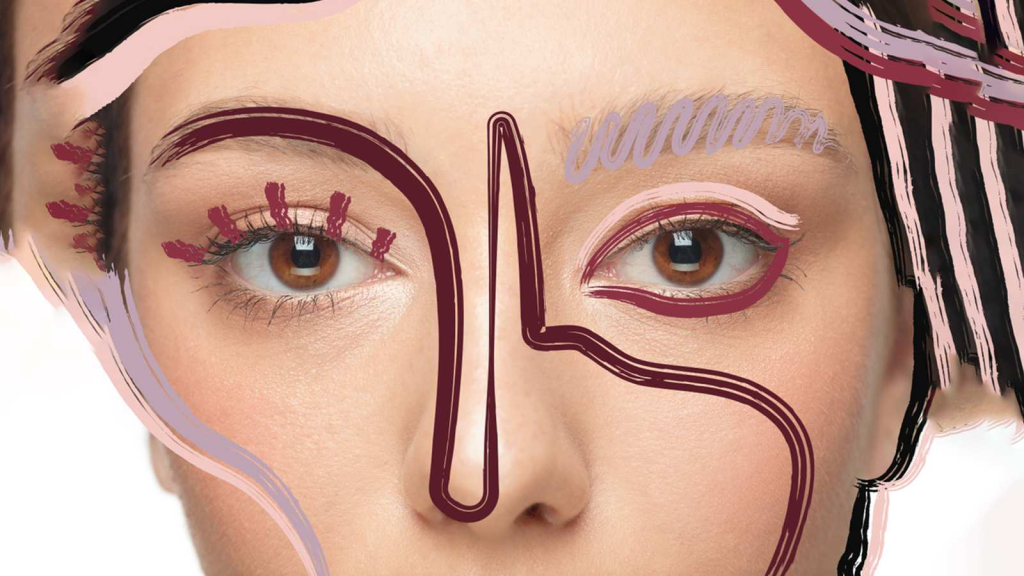Share This Article
Contouring has become a popular technique in the world of makeup, allowing individuals to sculpt and enhance their facial features. By strategically using shadows and highlights, contouring can create the illusion of more defined cheekbones, a slimmer nose, and a more sculpted jawline. In this blog post, we will delve into the art of contouring and provide you with tips and techniques to master this transformative makeup skill.
1. Understand Your Face Shape:
Before diving into the world of contouring, it’s important to understand your face shape. Different face shapes require different contouring techniques to achieve the desired effect. Common face shapes include round, oval, square, heart, and diamond. Research your face shape and identify the areas you would like to enhance or minimize.
2. Choose the Right Products:
Selecting the right contouring products is crucial for achieving a natural and seamless look. Opt for a contour shade that is one to two shades darker than your natural skin tone. Matte powders or creams work best for contouring as they provide a more subtle and natural finish. Look for highlighters that have a soft, luminous sheen to add dimension and glow to the high points of your face.
3. Start with a Well-Prepped Base:
Contouring works best on a well-prepped base. Start with a clean and moisturized face, followed by a lightweight foundation or tinted moisturizer that matches your skin tone. This will provide a smooth canvas for your contouring and ensure a more blended and natural result.
4. Locate the Areas to Contour:
Identify the areas of your face where you want to create depth and shadow. Common areas for contouring include the hollows of the cheeks, temples, jawline, sides of the nose, and the crease of the eyelids. These areas can vary depending on your face shape and personal preferences. Use a light hand and build the contour gradually to avoid harsh lines.
5. Blend, Blend, Blend:
Blending is key to achieving a seamless and natural-looking contour. Use a fluffy brush, sponge, or your fingertips to blend the contour shade into your skin. The goal is to create a soft gradient effect, with no visible lines or harsh edges. Take your time and blend the product thoroughly for a flawless finish.
6. Highlight the High Points:
To complement your contour, apply a highlighter to the high points of your face. This includes the tops of the cheekbones, brow bone, bridge of the nose, and cupid’s bow. The highlighter will add luminosity and draw attention to these areas, further enhancing your features. Again, blend the highlighter gently for a seamless look.
7. Practice Makes Perfect:
Contouring is a skill that requires practice. Don’t be discouraged if your initial attempts are not flawless. Experiment with different techniques, products, and tools to find what works best for you. Watch tutorials, seek inspiration from makeup artists, and practice on different face shapes to expand your contouring expertise.
8. Remember Less is More:
When it comes to contouring, it’s important to remember that less is more. The goal is to enhance your natural features, not to create a completely different face. Subtlety is key. Start with a light hand and build up the intensity gradually until you achieve the desired effect. Remember, you can always add more, but it’s more challenging to remove excess product.
Contouring is an art form that allows you to enhance your facial features and create a more sculpted and defined look. By understanding your face shape, choosing the right products, and practicing proper blending techniques, you can master the art of contouring. Remember to start with a well-prepped base, locate the areas to contour, and highlight the high points of your face. With patience, practice, and the right techniques, you’ll be able to enhance your natural beauty and achieve stunning results with contouring.




